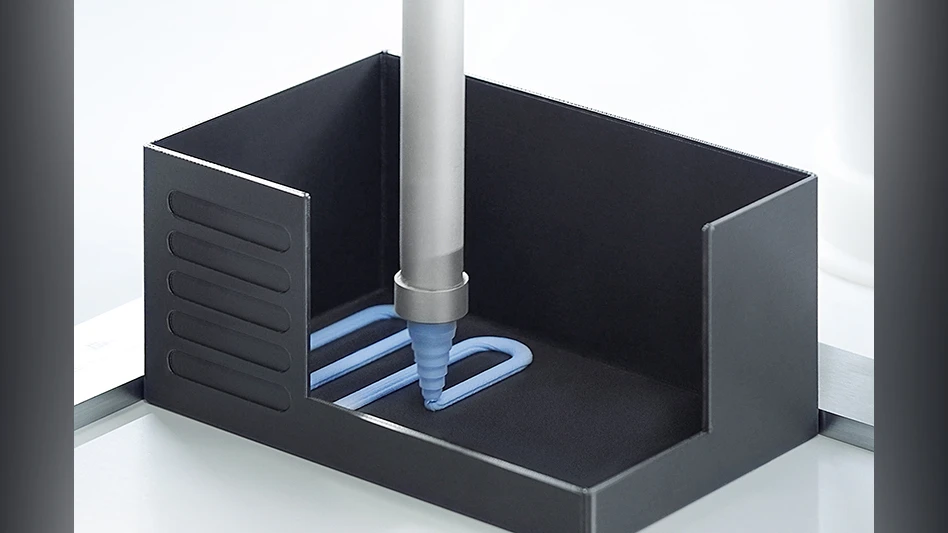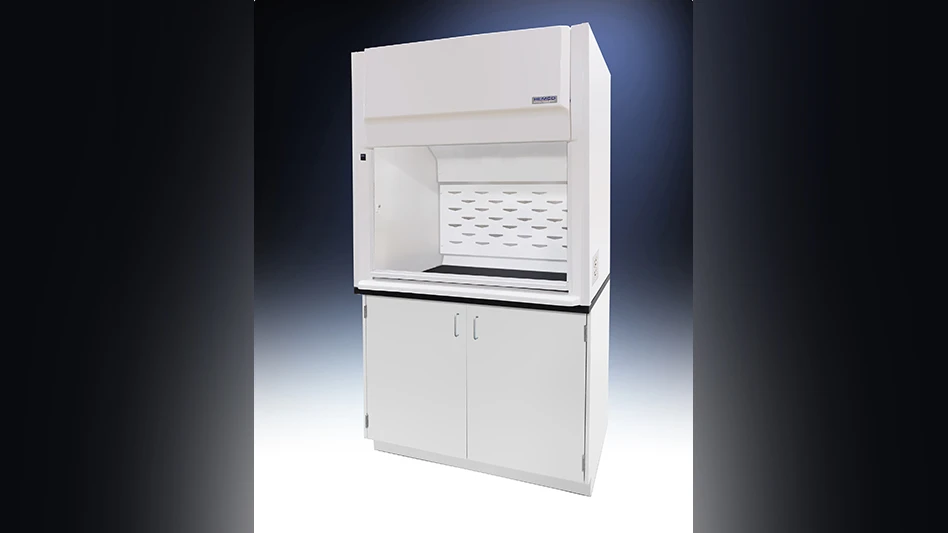
The robotics and automation industry in Germany is benefiting from a boom in demand: in the first four months of 2022, order intake increased 38%. The dynamic market development was noticeable in 2021, when industry revenue rose 13%.
“The robotics and automation industry is booming,” says Frank Konrad, chairman of the VDMA Robotics + Automation Association. “However, suppliers will not be able to process the orders as quickly as usual. The challenge now is to manage bottlenecks in the supply chains.”
With a predicted 6% growth, the industry forecast for robotics and automation is positive for 2022 but remains below previous expectations, reflecting the severely disrupted supply chains. A shortage of electrical and electronic components is extending delivery times.
The three subsectors developed differently in 2021. Machine vision gained 16%: industry sales reached the equivalent of $3.25 billion. Robotics sales rose by 13% to $3.7 billion. Integrated assembly solutions recorded an 11% increase in sales to $7.44 billion. Overall, sales in robotics and automation rose by 13% to $14.27 billion – more than originally expected.
VDMA Robotics + Automation forecasts a 7% increase in sales for integrated assembly solutions to $7.97 billion in 2022. In robotics, growth of 5% to $3.77 billion is expected. Machine vision is also set to grow by 5%, corresponding to sales of $3.36 billion.
“The overall robotics and automation forecast is for 6% growth with an expected industry income of $15.10 billion,” Konrad says. “Robotics and automation in 2022 is almost headed for the strong pre-crisis level of $15.41 billion in 2019.”
The VDMA R+A member network consisting of 50,000 people in 350 companies has important tasks crucial for the future:
Sustainable production: Experts believe increased use of robotics and automation is indispensable for achieving climate and environmental protection goals and for sustainable business. In a recent trend survey conducted by automatica (Messe München), robots ensure quality standards for products in sustainable high-tech manufacturing, according to 88% of industry decision-makers. Industry solutions are also helping the circular economy and renewable energies achieve breakthroughs. Green tech products, such as photovoltaic modules, can be manufactured cost-effectively in Europe in large quantities using automation technology.
The future of work: 80% of robotics and automation decision makers in German industrial companies believe technological innovation will have a positive impact on jobs. Human-robot collaboration and assistance systems will create higher-quality employment and offer new opportunities for continuous education and training. A new generation of automation technology that can be used entirely without programming and is intuitive to apply is likely to lead the way, while 52% of decision-makers are convinced that better-qualified employees will get better-paid jobs in the future.
Digitalization, mobile robotics, and intralogistics: Seamlessly interconnected machines, state-of-the-art automated guided vehicles (AGVs) and autonomous mobile robots (AMR) are revolutionizing factories. In combination with innovative software solutions, they close the last gaps and form truly integrated systems in the Smart Factory.
Robotics and automation companies are facing a labor and skills shortage that’s accelerating as the baby boomer generation retires. Given the important tasks ahead, this is increasingly becoming a risk factor.
“The labor shortage cannot be solved by robotics and automation alone,” says VDMA Robotics + Automation Association Chairman Frank Konrad. “Companies are doing their best to address the shortage of young talent. However, we need a stronger commitment from policymakers: Particularly in Germany, the shortage of personnel threatens to become the next major bottleneck factor, following the current disruptions in supply chains.”
VDMA Robotics + Automation Association
NEWS AND PRODUCTS
Palletizing solution

The palletizer collaborative solution simplifies palletizing processes.
It’s compatible with collaborative robots and light industrial robots from Doosan, Fanuc, Omron, Techman, and Universal Robots. It’s available as a complete out-of-the box system or as individual components to create a mix-and-match solution.
Manual palletizing is labor intensive, repetitive, and unergonomic, making it suitable for automation. Palletizing automation increases productivity and throughput and improves quality and ergonomics.
IMTS 2022 Booth #236254
Autonomous mobile robot software

New software enables robust and scalable autonomous mobile robots (AMRs) for faster missions, tighter integration with other systems, and enhanced cybersecurity.
An intuitive user interface (UI) enables customers to quickly navigate around obstacles and between floors with optimized reaction.
Its UI also comes with different user levels and simple setup from any device.

Explore the August September 2022 Issue
Check out more from this issue and find your next story to read.
Latest from Aerospace Manufacturing and Design
- 2024 Favorites: #9 Article – 5 tips for upskilling your aerospace machinists
- 2024 Favorites: #9 News – Siemens acquires Altair Engineering
- 2024 Favorites: #10 Article – How 3D-printed aviation parts can accelerate return to air
- 2024 Favorites: #10 News – Boom Supersonic completes Overture Superfactory
- OMIC R&D hosts Supporting Women in Manufacturing Day 2024
- 4D Technology's AccuFiz SWIR interferometer
- Seventh Lockheed Martin-built GPS III satellite launches
- KYOCERA AVX's CR Series high-power chip resistor





